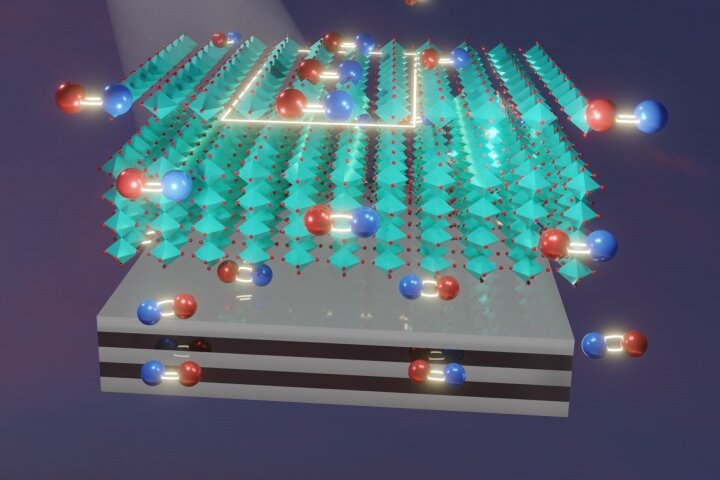Metals
-
A new study has found that people who exclusively use marijuana have higher levels of potentially dangerous metals in their blood and urine than those who don’t, suggesting the drug may be an overlooked source of metal exposure.
-
While studying a material that could help unlock the secrets of superconductors, scientists have accidentally discovered a “demon” particle that was first theorized almost 70 years ago, but had never been experimentally confirmed.
-
It's long been assumed that when a metal structure like a bridge or an engine develops a crack, it will only get worse over time. But that might not be the case, based on what researchers have just observed happening in a piece of platinum.
-
Collectors of trading cards are always hunting for rare shiny variants – and now astronomers have found the exoplanet equivalent. The shiniest planet ever found, LTT9779 b, is an ultra-hot, cosmic disco ball thanks to clouds made of glass and titanium.
-
The Earth’s inner core is incredibly tricky to study, since it’s buried beneath thousands of miles of rock. New seismic studies suggest that it’s not just a solid ball of iron, as has been assumed, but might have pockets of liquid iron throughout.
-
Although there are several methods of 3D-printing metal objects, all of them involve heat – which isn't conducive to producing heat-sensitive electronics, among other things. A new gel, however, can be used to print such items at room temperature.
-
Different types of metal have different qualities, so combining them can result in items that outperform those made of any one metal. A new technique now allows such mixing to be performed by 3D printers, faster and easier than ever before.
-
Strength and flexibility are two opposites that usually need to be balanced in steel. But now engineers at Purdue University and Sandia Labs have developed a new treatment that can be applied to steel alloys to boost both strength and ductility.
-
Arizona company Rosotics says it's ready to revolutionize large-scale 3D metal printing, with a new "rapid induction printing" approach that can print parts of enormous size – with radical advantages in speed, cost, safety and energy efficiency.
-
Perovskites are one of the most promising new materials for solar cell technology. Now engineers at the University of Rochester have developed a way to more than triple the material’s efficiency by adding a layer of reflective silver underneath it.
-
Researchers have used a novel 3D printing technique to create a new superalloy with "previously unobtainable combinations of high strength, low weight and high-temperature resiliency" – and they say the implications in aerospace and energy are huge.
-
A team of researchers has developed a new material that’s not only elastic, but is impervious to gases and liquids – something this kind of material is usually bad at. The material could be useful for making flexible batteries or wearable electronics.
Load More











